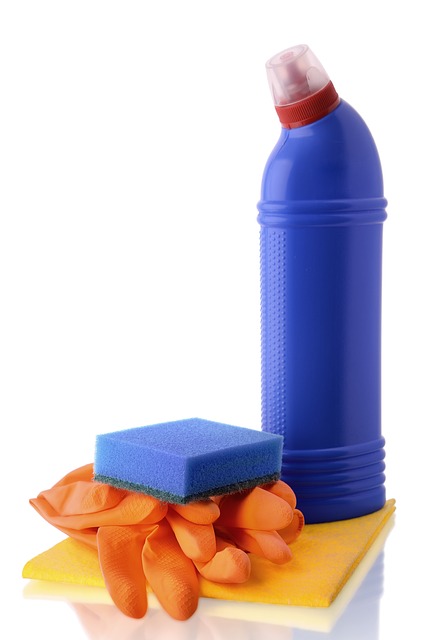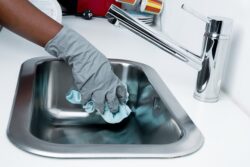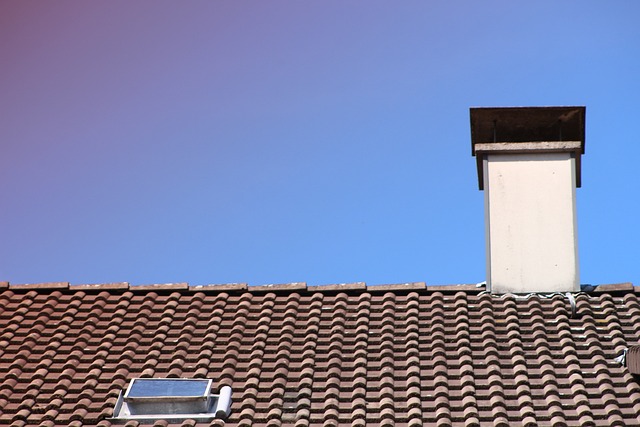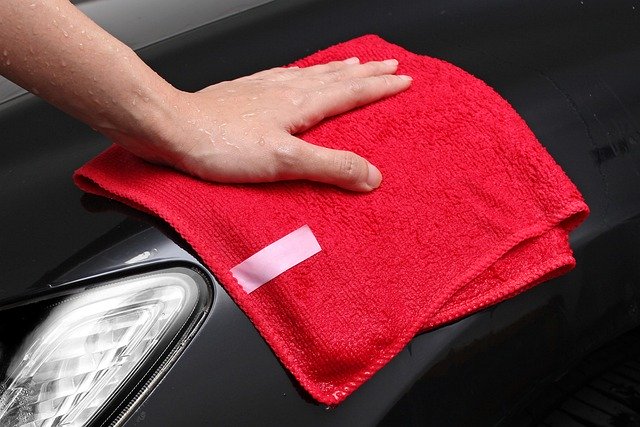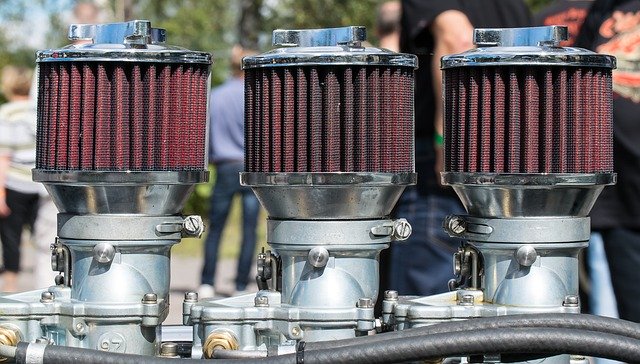Maintaining a clean and tidy home is a priority for many, and the arsenal of household cleaning products at our disposal seems endless. From sparkling kitchen countertops to gleaming bathroom tiles, these products promise us cleanliness and hygiene. However, beneath the scent of lemon-fresh floors and the sparkle of a freshly wiped window, lies a less obvious but critical concern – the environmental impact of common household cleaning products. In this comprehensive exploration, we delve into the often-overlooked consequences of our daily cleaning routines, shedding light on how seemingly harmless sprays and wipes may be leaving a lasting mark on the planet.
At first glance, the shelves lined with colorful bottles of disinfectants and all-purpose cleaners may appear innocent, but the ingredients within can tell a different story. Many conventional cleaning products contain a cocktail of chemicals that, when washed down the drain, can find their way into our water systems, impacting aquatic ecosystems. Moreover, the manufacturing processes behind these products often contribute to air and water pollution, adding to the overall environmental burden. As we scrub away stains and sanitize surfaces, the unintended consequences of our choices ripple through the environment, raising questions about the sustainability of our cleaning habits.
Understanding the environmental footprint of household cleaning products requires a closer examination of the ingredients listed on the labels. Ingredients like phosphates and volatile organic compounds (VOCs) are common culprits with far-reaching consequences. Phosphates, frequently found in laundry detergents and dish soaps, can lead to nutrient imbalances in water bodies, fueling the growth of harmful algae and disturbing aquatic ecosystems. VOCs, present in many air fresheners and surface cleaners, can contribute to air pollution and have been linked to respiratory issues in humans. As consumers, it’s crucial to be informed about these substances and their potential impact on both our homes and the broader environment. In the following sections, we’ll explore specific types of cleaning products and break down their environmental implications, empowering readers to make conscious choices for a greener and cleaner future.
1. Air Quality Concerns
Many conventional cleaning products contain volatile organic compounds (VOCs) that can evaporate into the air, contributing to indoor air pollution. These VOCs can lead to respiratory issues and adversely affect the quality of air within our homes.
2. Water Pollution
When we wash our dishes or mop our floors, the residues from cleaning products often find their way into water systems. These chemicals can be harmful to aquatic life and disrupt the delicate balance of ecosystems.
3. Plastic Packaging Pollution
The ubiquitous plastic packaging of household cleaning products adds to the already burgeoning plastic waste crisis. From detergent bottles to spray containers, these items often end up in landfills, oceans, or incinerators, posing a significant threat to the environment.
4. Chemical Runoff in Soil
As we wash surfaces or dispose of used cleaning water, harmful chemicals can seep into the soil, affecting plant life and soil health. This runoff may contain substances like phosphates and ammonia, which can disrupt the balance of nutrients in the soil.
5. Endocrine Disruption
Certain cleaning products contain endocrine-disrupting chemicals, such as phthalates and triclosan, which can interfere with hormone function in humans and wildlife. The consequences may include reproductive issues, developmental problems, and disruptions in the endocrine system.
6. Energy Consumption
The manufacturing, transportation, and disposal of cleaning products contribute to overall energy consumption. From the production of raw materials to the final disposal, the carbon footprint of these products is more significant than meets the eye.
7. Non-Biodegradable Ingredients
Many cleaning products feature ingredients that are not biodegradable, leading to persistent environmental pollution. Substances like nonylphenol ethoxylates (NPEs) can accumulate in the environment, posing long-term threats to ecosystems.
8. Overuse of Antibacterial Agents
The widespread use of antibacterial cleaning products contributes to the rise of antibiotic-resistant bacteria. Moreover, the chemicals in these products may persist in the environment, further exacerbating this global health concern.
9. Animal Testing
The production of cleaning products often involves animal testing to ensure safety and efficacy. Ethical concerns aside, this practice raises questions about the environmental impact of these tests, including waste generation and potential harm to ecosystems.
10. Lack of Eco-Friendly Alternatives:
Despite the growing awareness of environmental issues, many consumers still lack access to or awareness of eco-friendly cleaning alternatives. The dominance of traditional cleaning products hinders the adoption of more sustainable options.
Conclusion
As we scrub, polish, and disinfect our homes, the environmental impact of common household cleaning products extends far beyond the surfaces we clean. From air pollution to water contamination, the toll on our planet is substantial. However, armed with knowledge, we can make informed choices, opting for eco-friendly alternatives and contributing to a cleaner, greener future. It’s time to rethink our approach to household cleaning and take steps towards a more sustainable and environmentally conscious lifestyle.





